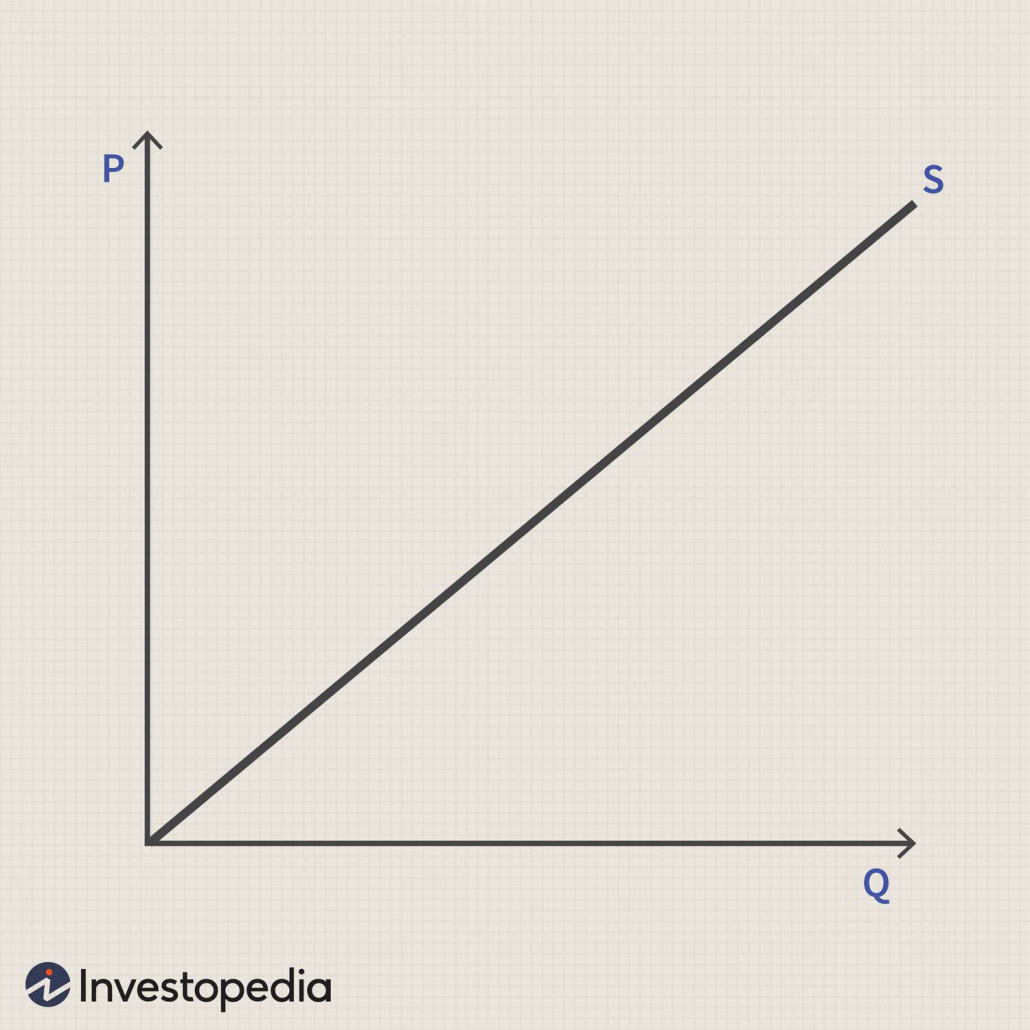Economics Keypoints; Theory Of Supply; The theory of supply is a fundamental concept in economics that explains the behavior of sellers and producers in the market. It helps to understand how businesses respond to changes in market conditions and how they allocate resources to produce goods and services.
Study other economics keypoints here
A. Meaning and Determinants of Supply
The supply of a product refers to the quantity of a good or service that sellers are willing and able to produce and sell at a given price and time. The determinants of supply are factors that affect the willingness and ability of producers to supply a product. The main determinants of supply are:
- The price of the product: The price of a product is the most important determinant of supply. As the price of a product increases, producers are more willing and able to supply more of the product to the market. This is because they can earn more profits by selling more goods at a higher price.
- The cost of production: The cost of production is another key determinant of supply. If the cost of producing a product increases, producers may be less willing to supply the product to the market, as they will have to charge a higher price to cover their costs.
- Technology: Advances in technology can increase the efficiency of production, leading to an increase in the supply of a product. For example, the use of machines in agriculture can increase the production of crops.
- The number of sellers: The number of sellers in a market can affect the supply of a product. If there are more sellers, the supply of the product will be higher, as each seller will produce a smaller quantity.
- Government policies: Government policies such as taxes, subsidies, and regulations can affect the supply of a product. For example, a tax on production can increase the cost of production, leading to a decrease in supply.
ii. Supply Schedules and Supply Curves
A supply schedule is a table that shows the quantity of a product that sellers are willing and able to supply at different prices. A supply curve is a graphical representation of the supply schedule. The supply curve is upward-sloping, showing that as the price of the product increases, the quantity supplied also increases.

Figure 1: Supply Curve
The supply curve shows the relationship between the price of the product and the quantity supplied. The quantity supplied is the amount of the product that producers are willing to sell at a particular price. The supply curve is upward-sloping because as the price of the product increases, producers are willing to supply more of the product.
iii. The Distinction between Change in Quantity Supplied and Change in Supply
A change in quantity supplied refers to a movement along the supply curve in response to a change in the price of the product. For example, if the price of a product increases, the quantity supplied will increase, leading to a movement along the supply curve to a new point on the curve.
A change in supply refers to a shift of the entire supply curve to the left or right. A change in supply is caused by a change in one of the determinants of supply, such as a change in technology or government policies. For example, if there is a technological advance that reduces the cost of production, the supply curve will shift to the right, indicating an increase in the supply of the product.
B. Types of Supply: Joint/Complementary, Competitive, and Composite
There are different types of supply in economics. The main types are:
- Joint/complementary supply: This occurs when two or more products are produced together, and a change in the supply of one product affects the supply of the other product. For example, if the supply of beef increases, the supply of leather, which is a by-product of beef production, will also increase.
- Competitive supply: This occurs when two or more products can be produced using the same resources, and a change in the supply of one product affects the supply of the other product. For example, if farmers can produce either wheat or corn, an increase in the supply of wheat may lead to a decrease in the supply of corn.
- Composite supply: This occurs when a product has multiple uses, and a change in the demand for one use affects the supply of the product for other uses. For example, crude oil can be used to produce gasoline or plastics, and a decrease in the demand for gasoline may lead to an increase in the supply of plastics.
C. Elasticity of Supply

Elasticity of supply measures the responsiveness of the quantity supplied to a change in the price of the product. The elasticity of supply is determined by several factors, including:
- The availability of inputs: If inputs are readily available, producers can quickly increase the supply of the product in response to a change in price, leading to a more elastic supply.
- Time: In the short run, producers may not be able to increase the supply of the product in response to a change in price, leading to a less elastic supply. In the long run, however, producers can adjust their production processes, leading to a more elastic supply.
- Flexibility of production: If producers can quickly switch to producing a different product, the supply of the original product will be more elastic.
The nature and application of the elasticity of supply are similar to that of the elasticity of demand. When the elasticity of supply is high, producers are more responsive to changes in price, and the supply curve is flatter. When the elasticity of supply is low, producers are less responsive to changes in price, and the supply curve is steeper.
Conclusion:
In conclusion, the theory of supply is a crucial concept in economics that helps us understand how businesses respond to changes in market conditions and allocate resources to produce goods and services. The determinants of supply, types of supply, and elasticity of supply are all important components of the theory of supply that help explain the behavior of producers in the market.











